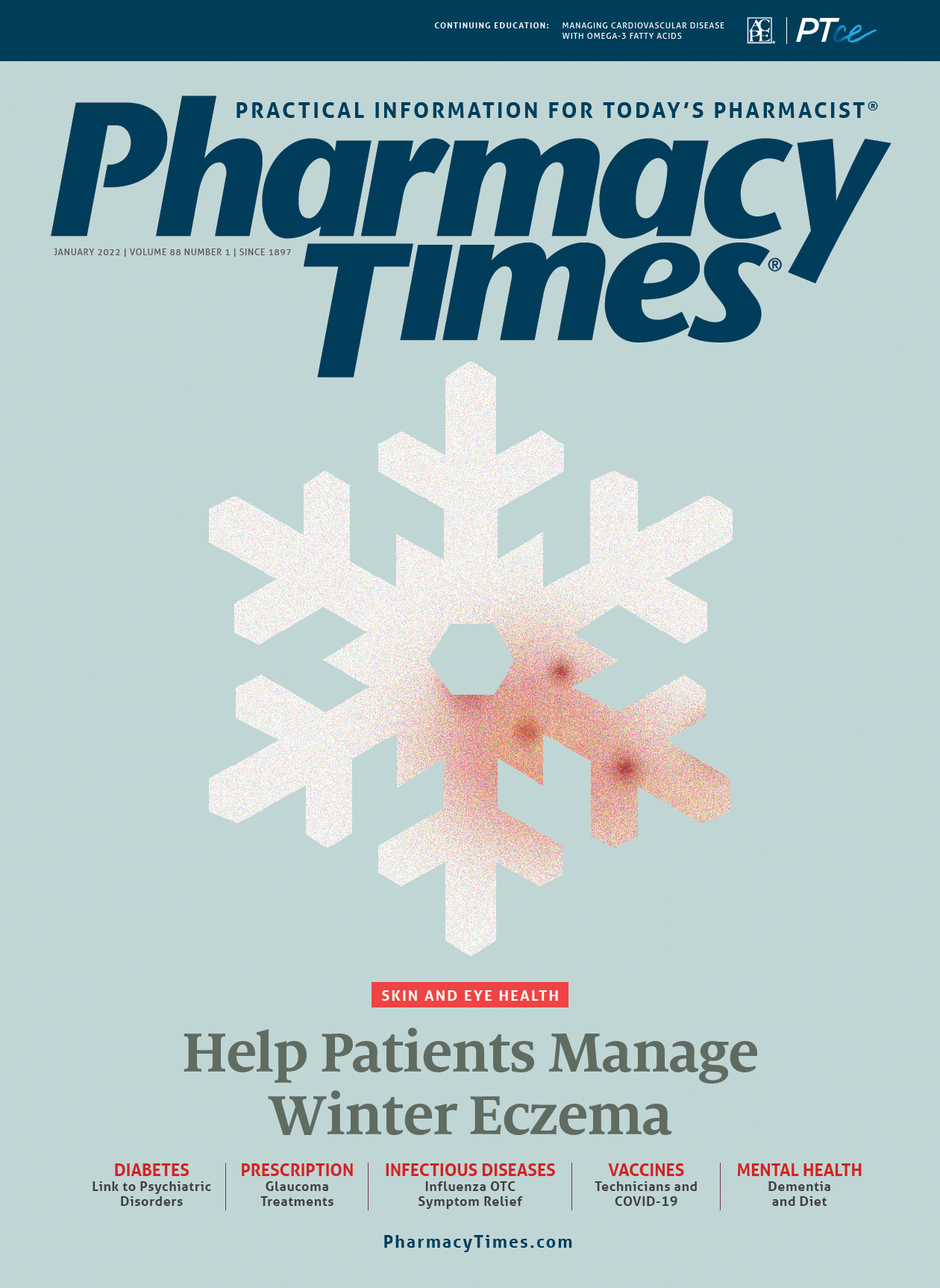Publication
Article
Pharmacy Times
MHPAEA Has Positive Effect on Psychiatric Care
Mental Health Parity and Addiction Equity Act disallows insurers offering lower-quality benefits for behavioral health treatments.
Mental health treatment is often not viewed as necessary as treatment for physical ailments. However, there are both mental and physical components in terms of overall health.
In fact, the World Health Organization describes health as “a state of complete physical, mental, and social well-being.”1 So why is getting treatment for mental health problems so stigmatized?
Mental illness and substance use disorder (SUD) are becoming more prevalent every year.2 In the United States, about 1 in 5 adults has a mental illness and roughly 1 in 12 has an SUD.3 Despite the pervasiveness of these illnesses, the insurance benefits for behavioral health have been substandard, leaving many patients unable to receive adequate treatment. To deal with this issue, Congress passed the Mental Health Parity and Addiction Equity Act (MHPAEA) in 2008. Officially implemented in 2010, the MHPAEA does not allow group health plans or insurance issuers to have lower-quality benefits for behavioral health treatment than for standard medical or surgical treatment.4 The act does not force plans to cover mental health or SUD treatment but protects patients who already have this coverage in their plans.4 If a health plan covers mental health and SUD treatment, the number of behavioral health visits, days of coverage, lifetime dollar limits, and out-of-pocket costs cannot be more exclusive than the medical benefits provided.4 Out-of-network mental health and SUD benefits must also be included if this is also part of the plan for medical benefits.4 The act was meant to create equal coverage between behavioral and medical/surgical health services and improve access to mental health resources for more individuals. The MHPAEA has been in effect for 12 years, but has it had the intended effect on the state of behavioral health?
The MHPAEA has decreased the gap between mental health and physical benefits in recent years but has not eliminated inequality between these treatment categories. A large component of the disparity that remains comes from nonquantitative treatment limitations (NQTLs), which are provisions affecting services such as prior authorizations, provider network inclusion, and step therapy that often depend on the insurance plan.5 In the Milliman report, investigators found that both behavioral health and SUD patients had an increased rate of using out-of-network inpatient and outpatient facilities and providers compared with medical/surgical service patients from 2013 to 2017.6 In addition, in-network providers for behavioral health were not getting as high a reimbursement for services as their medical treatment counterparts.6
“As of 2017, primary care reimbursements were 23.8% higher than behavioral reimbursements,” according to the report.6
Thus, many behavioral health and SUD treatments would be more costly to patients than medical treatment.
More evidence of NQTLs comes from the lawsuits surrounding what insurance plans consider “medically necessary.”5 In Wit v United Behavioral Health (UBH), UBH was charged with illegal disparate coverage for behavioral health and SUD treatments based on more selective guidelines than standard treatment expectations.7 The magistrate judge conducting this trial also revealed that the plan had conservative financial intentions.7
Some plans will pay until the patient starts symptomatically feeling better, then leave the patient to correct the causative condition.8
Mental health conditions and SUD are often a lifelong battle but recovery is possible with an ample amount of the correct treatment type.9
The results of a research study, performed by the Cohen Veterans Network and the National Council for Behavioral Health, showed that 2 big factors prohibiting Americans from receiving mental health care were inadequate insurance coverage and high treatment costs.2 Many individuals are then forced to choose between mental and physical health treatments.2
Along with insurance coverage issues, other barriers prevent greater access to mental health treatment.
There is an overall lack of behavioral health providers across the country, but the issue is especially dire in low-income and rural areas.10 According to a National Council Medical Director Institute report, “77% of counties and 55% of states have a ‘serious shortage’ of child and adolescent psychiatry.”10
By 2025, the same report noted, the general shortage could continue to increase and be between 6090 and 15,600 psychiatrists.10 Areas with a higher patient-to-psychiatrist ratio have a reduced quality of care with longer waiting times and shorter appointments.10 Other barriers to mental health treatment also stem from a lack of knowledge about treatment processes, lack of public education about mental illnesses, and a social stigma that discourages individuals from seeking information.10
To reinforce the goal of the MHPAEA, the Consolidated Appropriations Act, 2021, was passed in 2020 and will increase checks to see whether insurance plans are compliant with the law.9
Pharmacists will also be able to perform checks to see whether patients are mentally well and receiving appropriate care.
Ultimately, pharmacists in any field can help increase access to quality mental health treatment and should anticipate many increasing roles in this area.
Mary C. Kerbler is a PharmD candidate at the University of Kentucky College of Pharmacy in Lexington.
Joseph L. Fink III, JD, DSC (Hon), BSPharm, FAPhA, is a professor of pharmacy law and policy and the Kentucky Pharmacists Association Professor of Leadership at the University of Kentucky College of Pharmacy in Lexington.






